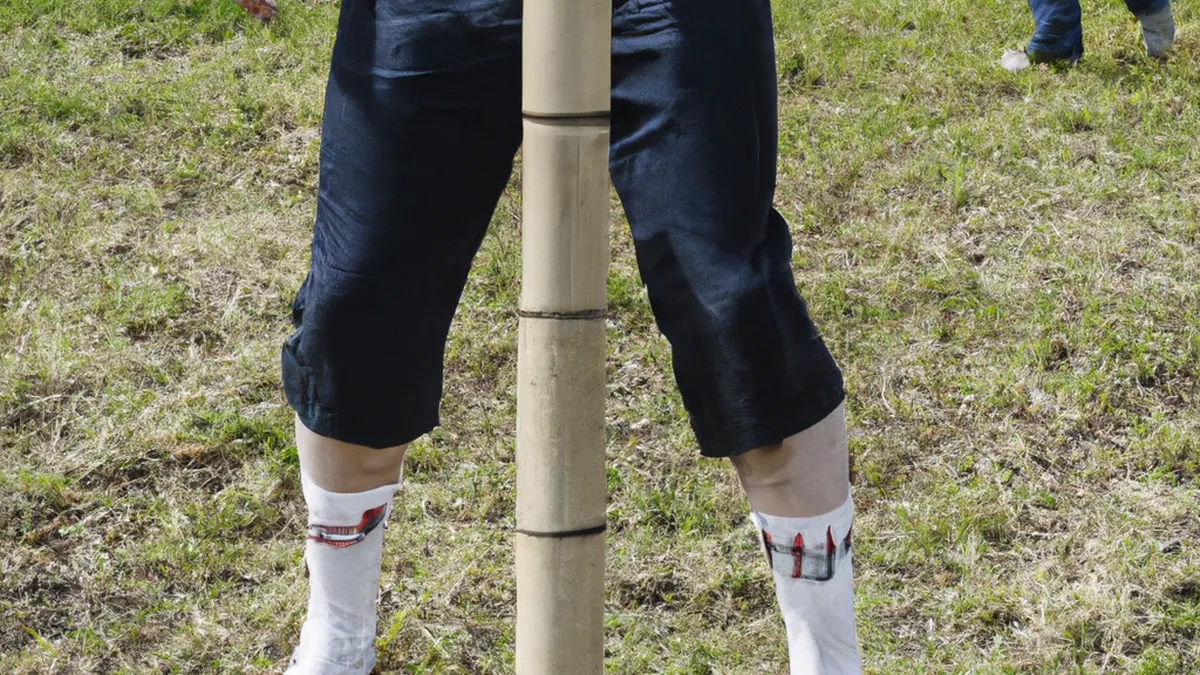Food Choices to Prevent Hypoglycemia
Understanding Exercise-Induced Hypoglycemia: A Comprehensive GuideExercise-induced hypoglycemia significantly concerns many individuals, especially athletes and diabetics. This condition occurs when blood sugar levels drop during or after exercise, causing symptoms that can affect performance and well-being. Understanding the causes, prevention strategies, and management techniques is crucial for anyone participating in physical activity, especially those with diabetes.
What is Exercise-Induced Hypoglycemia?
Exercise-induced hypoglycemia occurs when physical activity decreases blood glucose levels. During exercise, your body uses glucose for energy. It sources this glucose from carbohydrates and glycogen stores in your liver and muscles. If you consume insufficient carbohydrates, receive incorrect insulin doses, or exercise for too long, you may experience low blood sugar levels.
Symptoms of Hypoglycemia
Hypoglycemia symptoms can vary widely among individuals and may include:- **Shakiness:** This often signals dropping blood sugar levels.- **Sweating:** Increased perspiration may accompany anxiety.- **Dizziness or Lightheadedness:** These symptoms can affect balance and coordination.- **Rapid Heartbeat:** Your body responds to low sugar levels with an increased heart rate.- **Confusion or Difficulty Concentrating:** Insufficient glucose impairs cognitive functions.- **Irritability:** Mood changes can lead to frustration or anger.- **Hunger:** An intense food craving may indicate a need for more glucose.In severe cases, hypoglycemia can cause confusion, loss of consciousness, or seizures. Early recognition and intervention are vital.
Who is at Risk?
As an Amazon Associate I earn from qualifying purchases.
Gear tip: consider sport sunscreen, compact home gym set, and massage ball set to support this topic.
Anyone engaging in rigorous exercise can experience hypoglycemia, but certain groups face higher risks. Individuals with diabetes, especially those using insulin or specific oral medications, must remain vigilant. These medications can lower blood sugar levels, increasing hypoglycemia likelihood during exercise.Athletes performing high-intensity workouts or endurance training without proper nutrition may also experience hypoglycemia. Prolonged exercise can deplete glycogen stores, leading to significant blood sugar drops if not replenished.
Factors Contributing to Hypoglycemia
– **Inadequate Carbohydrate Intake:** Not consuming enough carbohydrates before or during exercise can leave your body without fuel.- **Insulin Dosing:** Incorrect insulin doses relative to exercise can trigger hypoglycemia.- **Type and Duration of Exercise:** High-intensity or long-duration activities increase glucose utilization.- **Timing of Exercise:** Exercising too close to meal times or without proper preparation can exacerbate low blood sugar.
Conclusion
Exercise-induced hypoglycemia poses risks for many individuals. Understanding symptoms, risks, and prevention strategies can help manage this condition effectively.
Below are related products based on this post:
FAQ
What is exercise-induced hypoglycemia?
Exercise-induced hypoglycemia occurs when physical activity leads to a drop in blood glucose levels. This happens as the body uses glucose for energy, and insufficient carbohydrate intake or incorrect insulin doses can exacerbate the condition.
Who is at risk for exercise-induced hypoglycemia?
Individuals with diabetes, particularly those using insulin or specific oral medications, are at higher risk. Additionally, athletes engaging in high-intensity workouts or endurance training without proper nutrition may also experience low blood sugar levels.
What are the symptoms of hypoglycemia?
Symptoms of hypoglycemia can include shakiness, sweating, dizziness, rapid heartbeat, confusion, irritability, and intense hunger. In severe cases, it can lead to confusion, loss of consciousness, or seizures, making early recognition important.















Post Comment